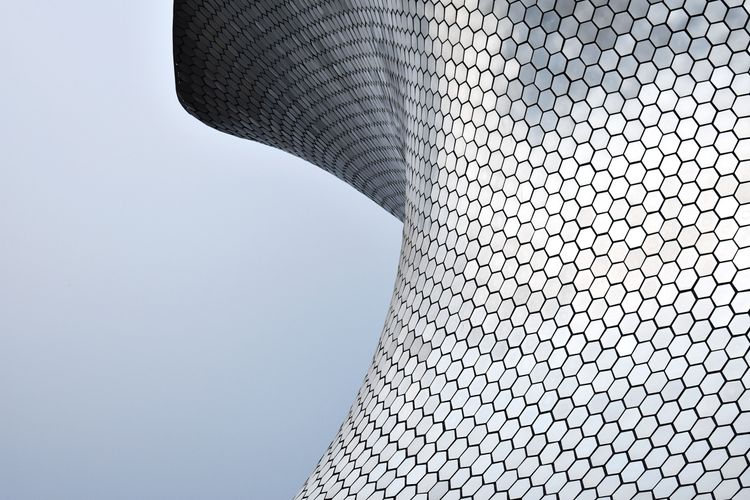
Photo by Priscilla Flores on Unsplash
To visit, to do
-
It's a cliche, but architect Luis Barragán's former residence Casa Estudio Luis Barragán is a must visit for architecture lovers.
-
Founded by Mexican architect Fernando Romero, Archivo dieno y architectrie is a creative space dedicated to exhibiting, researching and rethinking design and architecture. It is free, and I love their quiet courtyard that has a creative, hidden vibe.
-
Located next to National Autonomous University of Mexico (UNAM), Especio escultorico is a site for large-scale sculptural works. It was initiated by the sculptor Federico Silva in 1977, as part of the geometric sculptural movement at the time. It is a perfect site to enjoy the harmony of the natural landscape and human artistry.
-
Ruta de la aistad — torre de los vientos, meaning "The Route of Friendship", was created as a result of the Olympic in Mexico City 1968. It has several sculptural works by some of the most prominent artists from all over the world, and has been said to be the largest sculptural corridor in the world with 17 km in length. After the Olympic, due to the rapid unorganized urban growth, the route was in total abandonment for more than two decades — which raised some discussion about preservation of the artworks and alternative urban development.
-
You can have a geometric adventure at Biblioteca Vasconcelos. Transparent glass walls, floating-looking bookshelves, mismatched floors that connect to numbers of balconies and paths between stacks — everything is perfectly designed.
-
Cycling in Mexico City sounds scary, but I enjoyed a free Sunday morning bike ride down Paseo de la Reforma. The city shut down one of its biggest streets every Sunday, and let cyclists, joggers, kids and dogs take over space where the cars consistently dominate. The street looks so different and vibrant without the constant noise of traffic and aggressive drivers.
To read
-
If you know Spanish, MXCity seem to be one of the best city-guide media to follow.
-
Watch Roma(2018) by Alfonso Cuarón, a film that won the Golden Lion. The story is set in 1970 — 1971 in Roma neighborhood in Mexico City, and the film depicts Roma as a prosperous middle-class neighborhood. While it's interesting to see what has happened to the neighborhood up until now (became a ghost of its form of self as a result of the 1985 earthquake, recent reborn and a wave of gentrification etc..), I was amazed to see Nezahualcóyotl neighborhood in the film. Located in the west part of the city near the airport, it was developed on top of the swampy remains of Lake Texoco after World War II and has been a massive slum for a long time. Read this arcticle to get to know more about how Nezahualcóyotl neighborhood turned itself from a mega-slum to a city.
Organizations
-
Ciclo is an organization that uses art and culture for urban intervention. Their activity in the pre-hispanic neighborhood Tapito is quite interesting and inspiring — check more about their project here
-
Mexico City is in the midst of water crisis. Isla urbana is a non-profit organization that seeks to detonate a large-scale adoption of rainwater harvesting systems in Mexican urban and rural households, schools, and health clinics.
-
Lanoratorio para ciudad was a six-year social experiment project with the purpose of reimagining Mexico City. Unfortunately it's not active anymore, but we can check the detailed archive of their experiments here, which involves a series of workshops, interventions, civic tech & data science projects, etc.


